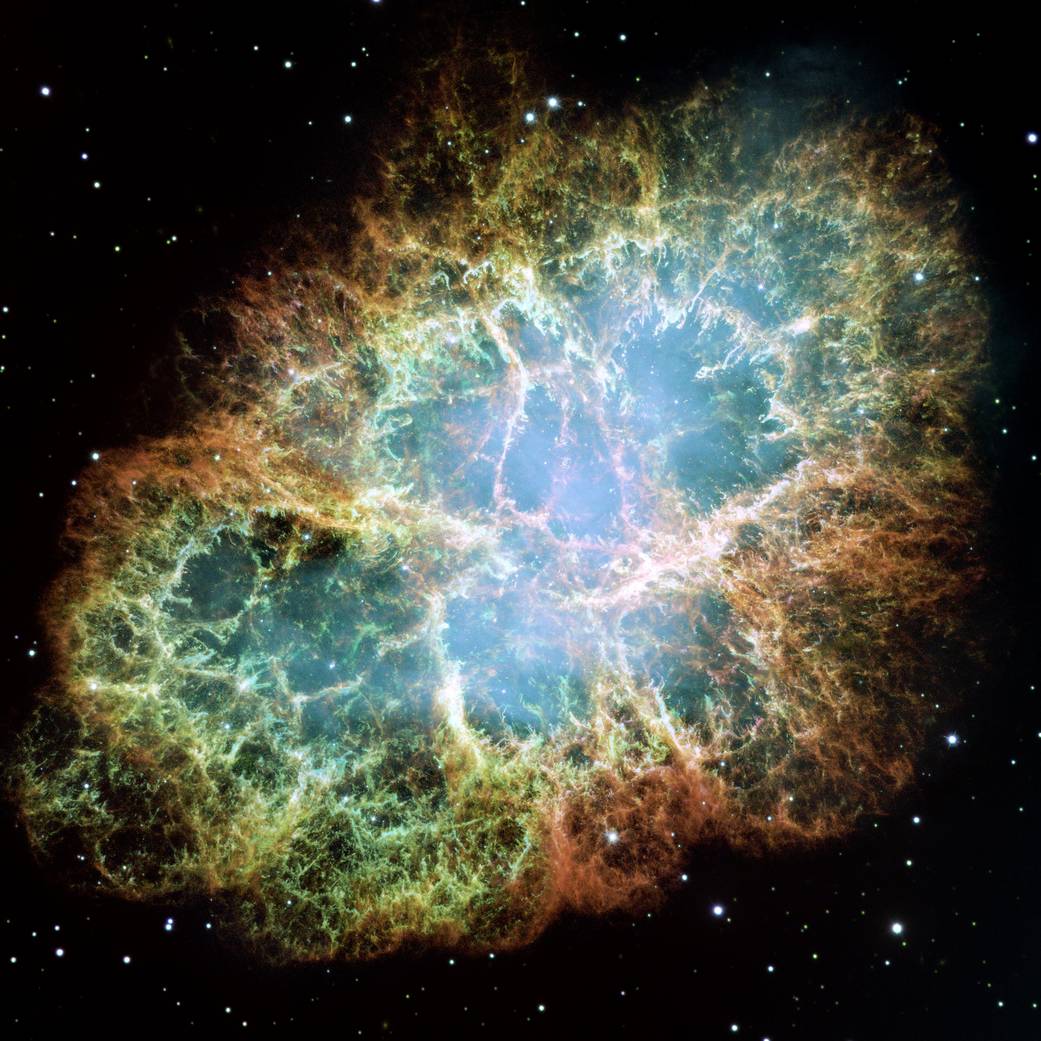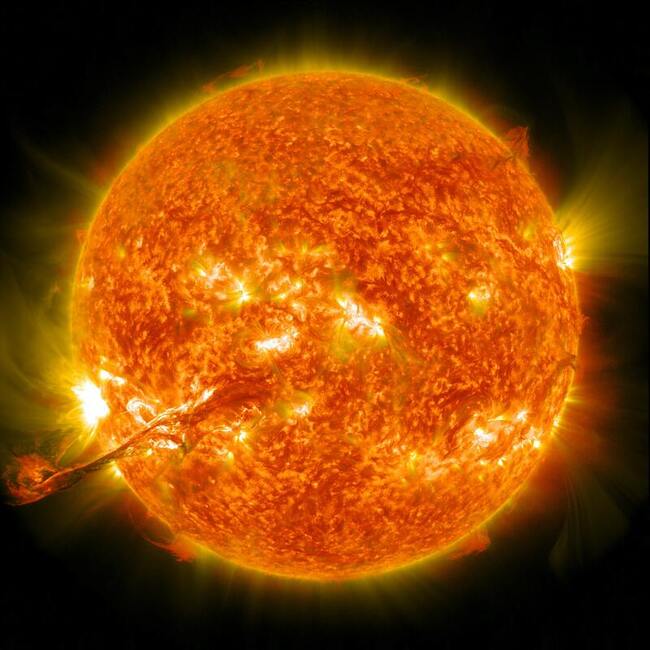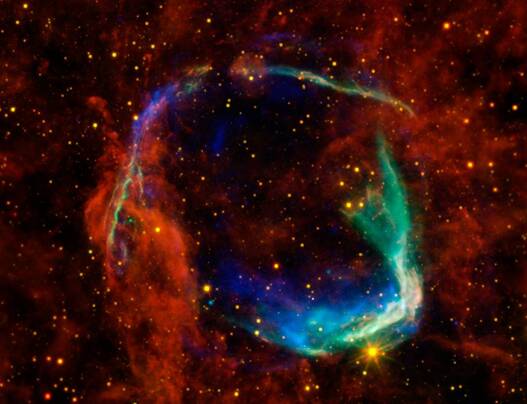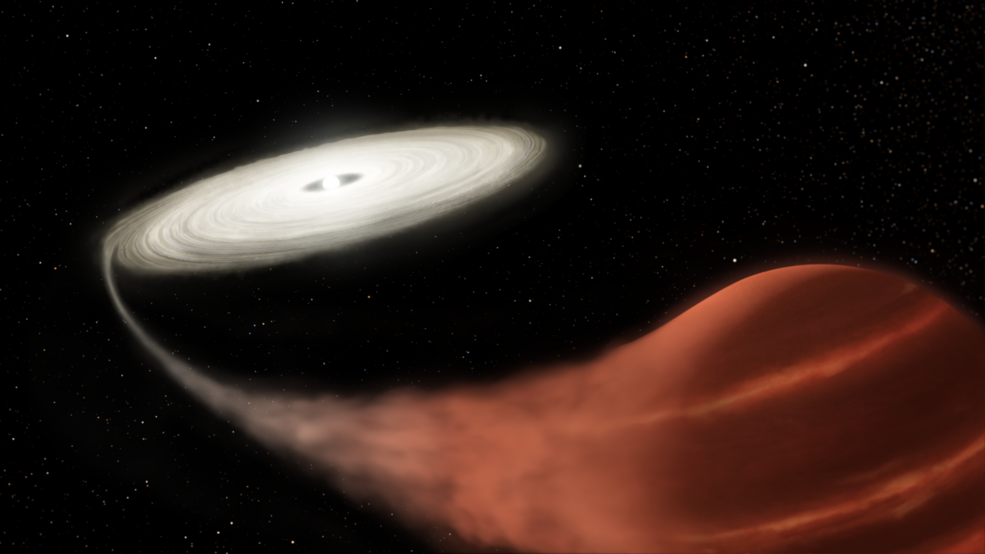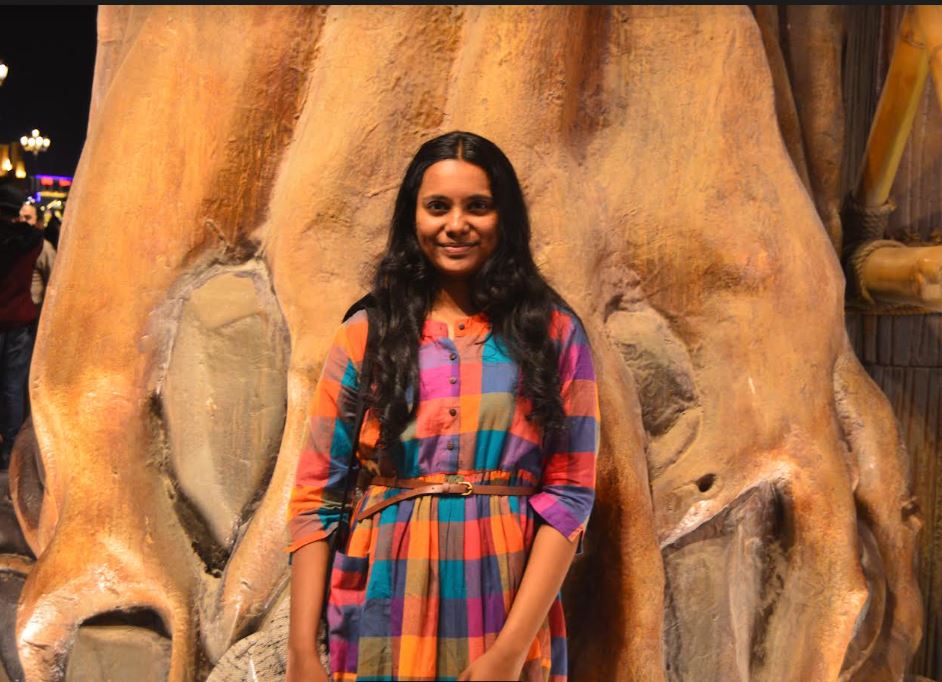|
7/8/2022 0 Comments Stars, the StorytellersBy Johina Maria On a clear starry night, when you are gazing up at the multitude of stars that adorn the velveteen sky, do you realize that you are staring at a snapshot of the Universe from a distant past? The stars that are cozying up in the comfort of the night sky, might not even exist now. Light from the sun takes about 8 minutes and 20 seconds to reach the earth. When you are looking at the sun, the sunspots, the eruptions, and the wild mechanics of the solar wind are about 8 minutes and 20 seconds old. So, what you see up in the sky is the past. Suppose there is another planet 10,000,000 light years from us teeming with intelligent life; when they look at us through a hypothetical telescope, they are not going to see the clutter of buildings or the glitter of traffic lights. They are going to see a Tyrannosaurus shuffling though dense coniferous jungles, pterodactyls flying across scrublands, and riparian forests and oceans teeming with ichthyosaurs, plesiosaurs, mosasaurs, and sea turtles. It would be like using a time machine. Stars, inscribed with the memories of light, are the museum of our universe’s past telling a plethora of stories - some of which we have deciphered while some remain mysteries. Hidden behind the veils of time, they narrate the stories of their birth and death.
Towards the end of a star’s lifetime, hydrogen runs out, the pace of nuclear fusion slows, and the star cools down without the large amounts of energy keeping it bright. How long it lives depends entirely on how massive the star. For stars about the size of our sun, as hydrogen supply runs low, helium shrinks to the core, and they become red giants. When all the hydrogen is used up, the star contracts to its core and begins to fade into a white dwarf. Massive stars will go on using helium when they run out of hydrogen, the temperatures rising until ultimately they explode as supernovas. With this spectacular explosion, stellar material scatters into space, leaving behind a dense body called the neutron star. And just like any life, stars are born and then they die. This image combines data from four space telescopes to create a multi-wavelength view of all that remains of RCW 86, the oldest documented example of a supernova, first witnessed in 185 AD. Image Credit: X-ray: NASA/CXC/SAO & ESA; Infared: NASA/JPL-Caltech/B. Williams (NCSU) But the story doesn’t end there as the remnants of these stars - carbon, nitrogen, and other heavier elements, which are thrown out into space – become the building blocks of life. We are forged from these elements manufactured in stars. We are truly made up of star stuff! We point our telescopes to the sky, capture starlight at all wavelengths and colors and wonder about their stories. If they are covered up by clouds of interstellar dust, we peer into them with infrared radiation, all to know who they are, what they are made up of, and the tale of how they came to be. We study the stars’ light, and by how bright they are, we know how far away they are and how old they are. Our star-manufactured-selves stare out at the night sky and ponder about these beings and try to infer their unique stories. Although stars are always twinkling, some stars change their brightness over time. Their outer surface can expand with pressure, causing an increase in brightness, and then shrink like a deflated balloon, decreasing in brightness, not to be seen until they shine once again.
Scientists study age-old globular star clusters hoping to find a glimpse of how the universe came to be – yet another story to be told. In the thousand lights that flicker above and under our planet, each traveling star lives a profound life that is strangely chaotic, poignant and as complex as our own. The sky is full of stories, most of which we will never know.
0 Comments
Your comment will be posted after it is approved.
Leave a Reply. |
LIFESTYLE BLOGRead our lifestyle advice, written exclusively for pre-professional women in science and engineering. From advice about fashion, work and family balance, self, wellness, and money, we've got you covered! |
The Scientista Foundation, Inc. All Rights Reserved © 2011-2021 | Based in NY | [email protected]
The Network for Pre-Professional Women in Science and Engineering
The Scientista Foundation is a registered 501(c)(3) -- Donate!
The Network for Pre-Professional Women in Science and Engineering
The Scientista Foundation is a registered 501(c)(3) -- Donate!


